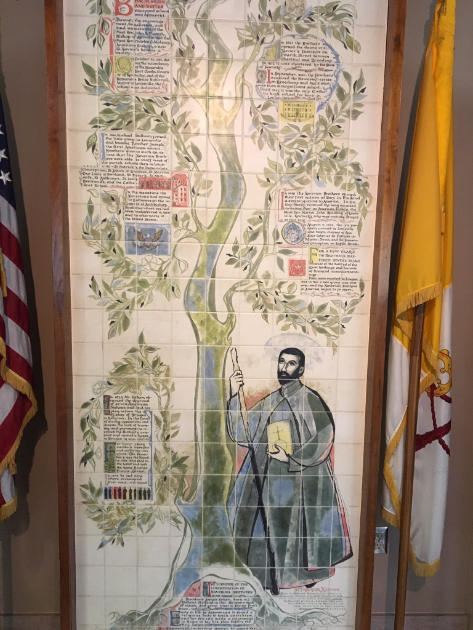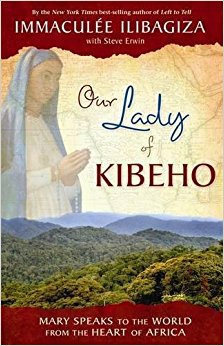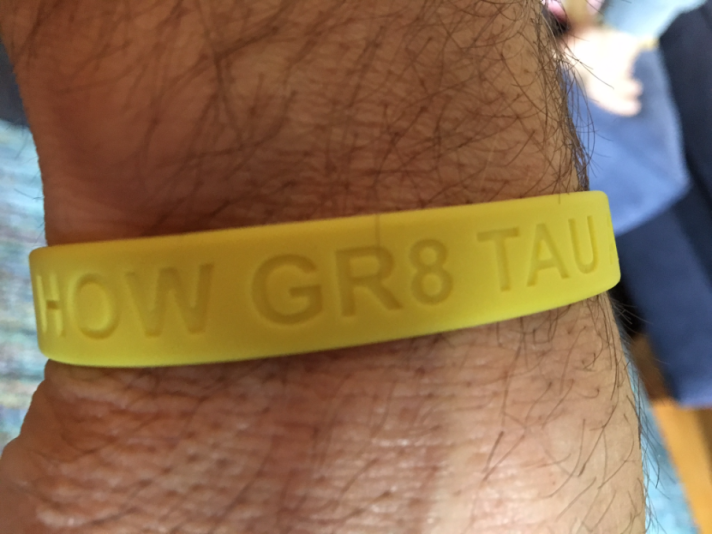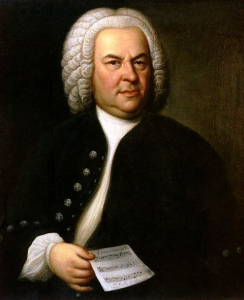
Do you believe in evil? Does God permit evil to happen or create it? Sophomores dove into the deep waters of meaningful conversation across the globe from Rwanda to local issues in Louisville. In Mrs. White’s religion class we discussed the tragic story of the genocide that occurred in 1994 when the Hutu majority set out to exterminate the Tutsi people through a horror-filled campaign of murder and slaughter. One million Tutsi’s were assassinated and we heard the story of one survivor Immaculee Ilibagiza who hid in pastor Murinzi’s bathroom with 7 other women. Her courage and tenacity to survive carried her through the next 3 months of terror. Immaculee learned to forgive despite a hellish landscape of evil encroaching upon her. We had a lively discussion on the presence of evil in the world and what evidence we have of evil around us. How does someone respond to insidious evil that murders your own family members, and how does one, if ever, begin to forgive?

One ray of hope throughout this bleak story of genocide is Our Lady of Kibeho. The mother of Jesus, Our Lady of Kibeho, began visiting the children of Rwanda asking them to pray the chaplet of sorrows devotion on behalf of their country. The message Our Lady was communicating of a terrible sorrow descending upon Rwanda that would turn rivers of water in to rivers of blood. The providential timing of this story amazes listeners to learn that these Marian messages occurred 12 years before the genocide occurred. These prophetic messages about what was going to happen to the country of Rwanda, and then actually happened, began an outpouring of faith. Thousands of people and children responded to this plea for prayer from all faiths, from all backgrounds, across the entire country. The Vatican, in a rare pronouncement on behalf of the Catholic Church, has approved and endorsed these messages from Our Lady of Kibeho as authentic. We distributed prayer guides in the classroom on how to pray the sorrowful chaplet and 2 lucky St X sophomores received prayer bracelets made up of 7 beads for the 7 sorrows of the Blessed Virgin Mary.

St Francis of Assisi would want us to know that we all share a common “minoritas” when compared to the greatness of God. We are not made up of the greater status of God, but actually we comprise the lesser status of humanity, we live the everyday “minoritas.” The Creator is the greater, the creation is the lesser. A humble position of lesser standing when a little one is in the presence of greatness-this is minoritas. God is great and we humans will be forever humbled in the presence of greatness. The classic church hymn, “How Great Thou Art” is a demonstration of our posture toward the greatness of God, one of awe and magnificence. TAU is the last letter of the Hebrew alphabet and a strong reminder for St Francis to view himself as little, small, and beholding of last place, always dependent upon God. St. Francis would likely change this stirring church hymn to “How Great TAU art” in a way that elevates humanity to acknowledge each person created in “the image of God”, and because we resemble the Creator we are all raised toward God. Each lesser human person shares the greater dignity and nobility of royal origins from the breath of existence we all received from our Creator. Our common ancestry as children of God binds us all to a royal bloodline, and calls us all to protect life that aligns to our dignity. In light of genocide we always need reminders of the preciousness of life. Thanks to the students and faculty of St X who affirm the sanctity of all life and even invited a little friar to bring this powerful message to Religion class. Maybe you could ask the nearest teenager how they view evil through the lens of horrendous events in the world like genocide. Does evil exist, and if so, how do you know?
Share this:




